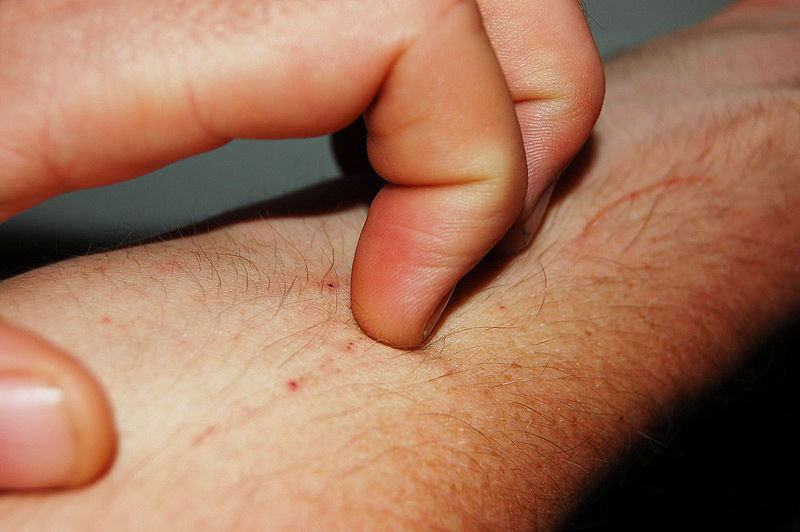Atopic dermatitis, also known as eczema, is a common skin condition affecting about 10 million children in the U.S. It can cause sufferers to itch so badly that they can lose a full night’s sleep each week. Eczema sufferers are often asked by their doctor ‘How much does it itch?’ The answer to this question is, however, subjective and hard to quantify. It’s like asking somebody to rate their levels of pain. The researchers at Northwestern University decided to do something about this problem, so they developed a soft skin patch that can measure how often its wearer scratches themselves.
Read more L’Oreal My Skin Track pH Breaks Cover
“Itch torments so many patients across so many conditions. It can be as debilitating as chronic pain,” said lead author Shuai “Steve” Xu, MD, MSc, assistant professor of Dermatology, and of Pediatrics in the Division of Dermatology. “If we’re able to quantify scratching accurately, then we have the ability to objectively quantify itching. This is really important in patients — like children — who can’t always verbalize or quantify their suffering.”
The researchers reported their invention in Science Advances. Worn on the back of the hand, the wearable device uses both motion and vibration sensing to sense the hand’s activity. A machine-learning algorithm then identifies the motion as either scratching or some other non-scratching hand motion reports Northwestern University.
“Patients with atopic dermatitis are 44% more likely to report suicidal thoughts as a result of the itch compared to controls. Thus, the ability to quantify their symptoms is really important to help new drugs get approved, but also support their day-to-day lives,” Xu said. “In some ways, it’s like measuring glucose for diabetes…measuring itching in an atopic dermatitis patient may be just as important.”

“Nothing is more important to measure a medication’s effectiveness for eczema than an itch, the symptom that both defines eczema and has the greatest impact on quality of life. This sensor could play a critical role in this regard, especially for children,” said Amy Paller, MD, chair and Walter J. Hamlin Professor of Dermatology.
Read more OMRON launches WheezeScan, the World’s First Wheeze Detection Device for Children with Asthma
In addition, clinicians and parents have the ability to track how well itch is being controlled in patients at home to monitor for treatment response, as well as early signs of worsening disease, Xu said.
The sensor was accepted into the Food and Drug Administration’s Drug Discovery Tool program. This program allows novel devices like this sensor to be qualified to aid in the approval of new drugs.












